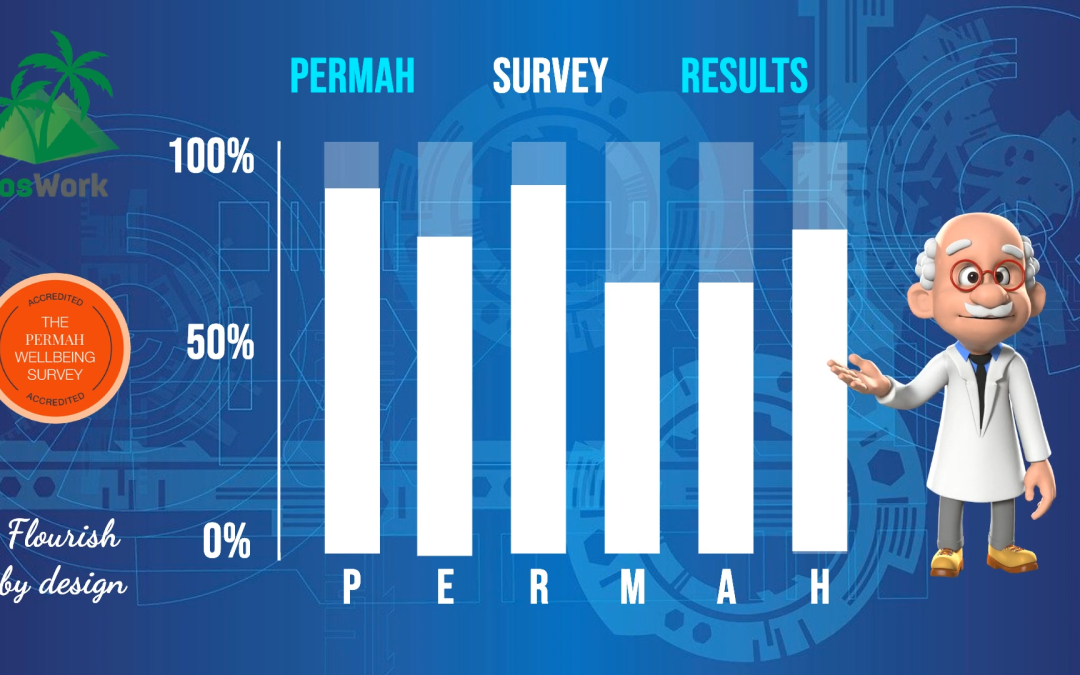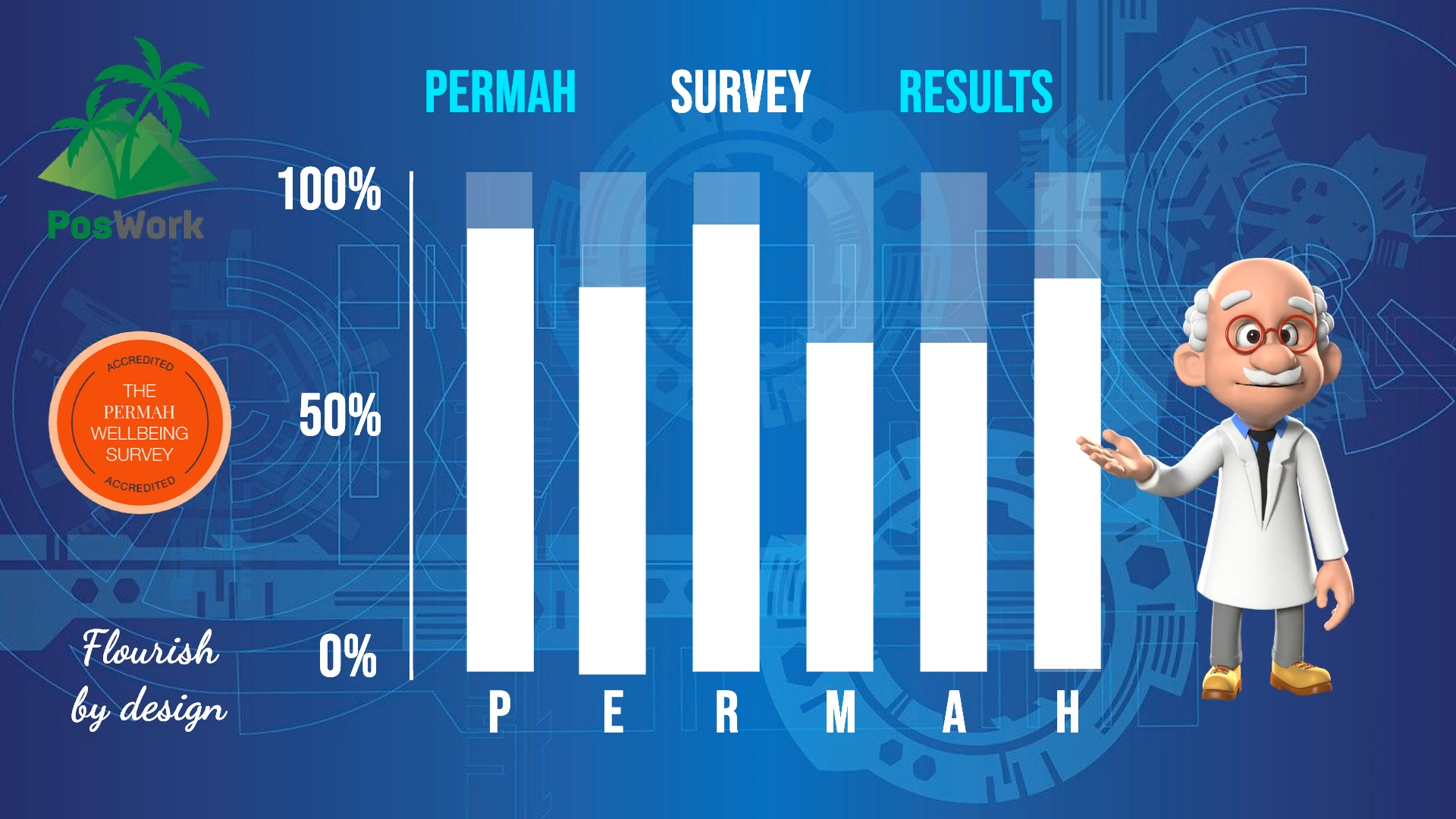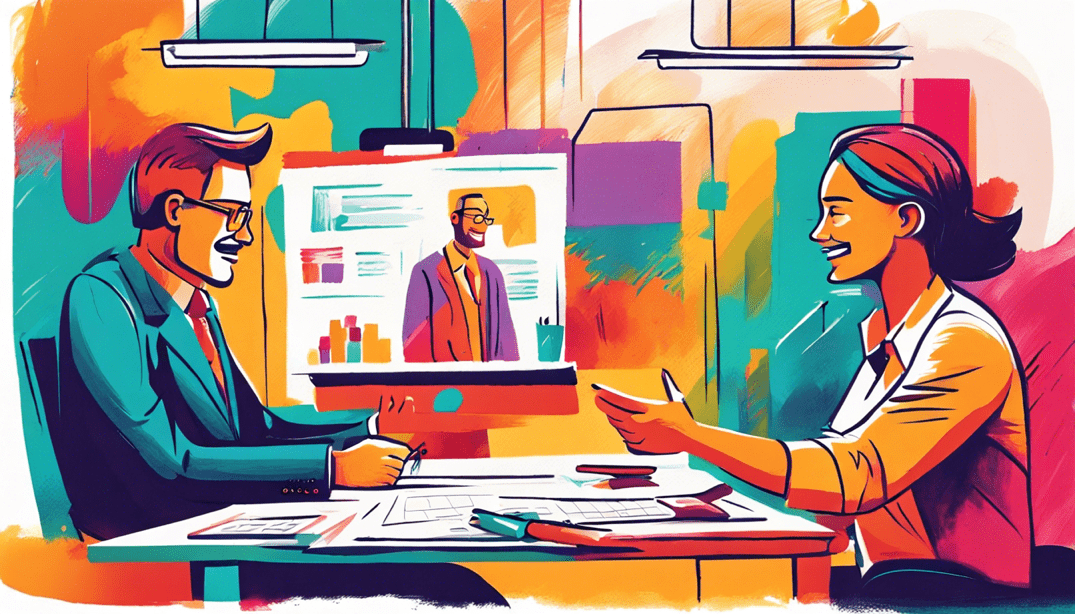
Delivering better change appreciatively
Blogs and Stories

Delivering better change appreciatively

Did you know that poor change management is one of the most common psychosocial hazards in Australia? And In today’s fast-paced and ever-evolving world, change is a constant as we strive to find new and better ways to do all sorts of things in business and in life. One of the problems that we have is that traditional problem-solving approaches focus on identifying what’s wrong and fixing it, rather than working positively towards an optimal solution. However, there is another method that takes a more constructive and empowering perspective—Appreciative Inquiry (AI). This transformative approach centers on discovering strengths, amplifying successes, and fostering growth through positivity.
Appreciative Inquiry is built on five core principles that shape how individuals and organizations can create sustainable change. These principles promote collaboration, resilience, and innovation, helping people focus on what works rather than what’s broken. In this blog post, we’ll explore these principles and how they can be applied in practice.
What is Appreciative Inquiry?
Before diving into the principles, it’s essential to understand what Appreciative Inquiry is. Developed in the 1980s by David Cooperrider and Suresh Srivastva, AI is a change-management approach that emphasizes the power of positive thinking, focusing on what gives life to an organization or system when it is functioning at its best. It seeks to identify strengths and success stories, using them as a foundation for envisioning the future and making strategic decisions.
In contrast to traditional problem-solving methods, which typically focus on identifying deficiencies or weaknesses, AI involves asking questions like, “What’s working well?” and “How can we build on that?” It encourages optimism, engagement, and collaboration, making it a highly effective tool for driving long-term, positive transformation.
The 5 Core Principles of Appreciative Inquiry
At the heart of Appreciative Inquiry are five foundational principles: the Constructionist Principle, the Principle of Simultaneity, the Poetic Principle, the Anticipatory Principle, and the Positive Principle. These guide how AI practitioners approach change and improvement.
1. The Constructionist Principle
This principle is based on the idea that our realities are socially constructed through language and conversations. In other words, the way we talk about our experiences shapes the way we perceive and interact with the world. This means that positive change begins with the stories we tell ourselves and others.
For example, if a team continuously discusses challenges and failures, they are likely to reinforce those negative experiences. In contrast, if they focus on what’s going well and celebrate successes, they create a culture of positivity and possibility. The Constructionist Principle teaches us that by changing the narrative, we can change our reality.
This is why a lot of our work is around changing the narrative in organisations through our “Better Stories” suite of positive communications services.
2. The Principle of Simultaneity
This principle highlights the fact that inquiry and change happen simultaneously. The moment we ask a question, we begin to create change. This is why it’s important to ask questions that focus on the positive rather than the negative. By asking about strengths, opportunities, and successes, we start the change process on a constructive note.
For instance, if an organization asks, “What makes our customer service exceptional?” it shifts the focus from problem-solving to possibility-building. By exploring what’s working, they immediately begin to create a shared vision for continuing that success.
In our “Better Workplace Projects”, we look at an organisation’s culture through its people’s experiences and perspectives and narratives about what is working well as well as what could be improved.
3. The Poetic Principle
The Poetic Principle suggests that organizations, like poems, are open to interpretation, and individuals have the ability to influence the stories they tell about them. In essence, this principle teaches that we can choose which aspects of our reality to focus on, just like a poet selects themes and verses to create meaning.
In an organization, this could mean emphasizing stories of innovation and teamwork over stories of struggle. By choosing to focus on the best parts of an organization’s past, people can inspire greater creativity and collaboration in the future. This principle encourages individuals and teams to look at every aspect of their experiences as an opportunity to discover what works.
In our EngageMentality coaching method, strengths is one of the 5 lenses through which we develop Personal Performance and Development Plans and another is relationships which encompasses teamwork.
4. The Anticipatory Principle
The Anticipatory Principle states that our vision of the future influences our current actions. What we believe about tomorrow shapes what we do today. In other words, when we hold a positive and inspiring vision of the future, we are more likely to take actions that align with that vision.
For example, an organization that envisions itself as a leader in sustainability is more likely to invest in eco-friendly initiatives today. This principle reminds us that focusing on a positive and hopeful future allows us to align our actions with our highest aspirations.
This is where having a strong strategic narrative which gives employees clarity of the purpose and future plans of an organisation is critical – that is one of the four pillars of employee engagement in the Engage for Success model that we use in our Better Workplace Projects.
5. The Positive Principle
The Positive Principle reinforces the power of positivity in driving change. Positive emotions and experiences inspire individuals to engage more fully and be more open to new ideas and possibilities. When people feel valued and appreciated, they are more likely to contribute creatively and work toward a shared vision.
Research shows that positive emotions lead to increased motivation, stronger relationships, and enhanced problem-solving abilities. Therefore, focusing on strengths and successes rather than problems and deficits creates an environment where people can thrive.
And that is the core ethos of PosWork – making better workplaces by applying g positive psychology so that people and businesses flourish by design.
Applying Appreciative Inquiry in Practice
Now that we’ve covered the principles, let’s explore how Appreciative Inquiry can be applied in real-world settings. AI is often implemented through a process called the “4-D Cycle,” which includes the following stages:
- Discovery: Identify what works well within the organization or system by asking questions focused on strengths and successes.
- Dream: Envision the future by imagining what the organization would look like if it fully embodied its strengths.
- Design: Plan how to achieve the envisioned future by leveraging existing resources and capabilities.
- Destiny: Implement the plan and empower individuals and teams to bring the vision to life.
Whether used for organizational change, community building, or personal growth, Appreciative Inquiry encourages positive thinking, collaboration, and sustainable progress. By applying the core principles, leaders can create environments where people feel motivated and inspired to achieve their best.
Conclusion
If you’re looking to inspire growth and development in your personal or professional life, consider embracing the principles of Appreciative Inquiry and start focusing on what’s already working to unlock your full potential.
If you would like to explore how we can help you to implement Better Change using Appreciative Inquiry I your organisation, please call us on 0438 533 311 or email info@poswork.com.au.
CONTACT US
PosWork
A Division of Ridgeline Human Resources Pty Ltd
ABN : 24 091 644 094
info@poswork.com.au
0438 533 311
QUICK RESOURCE LINKS








